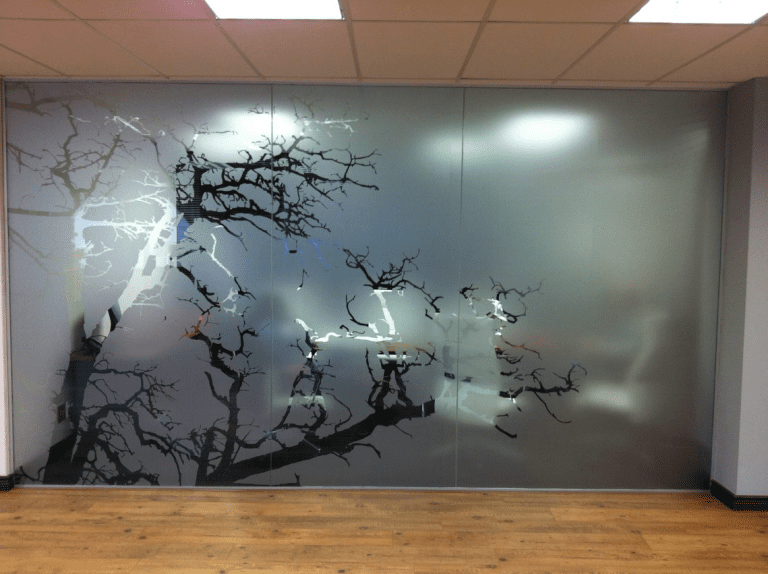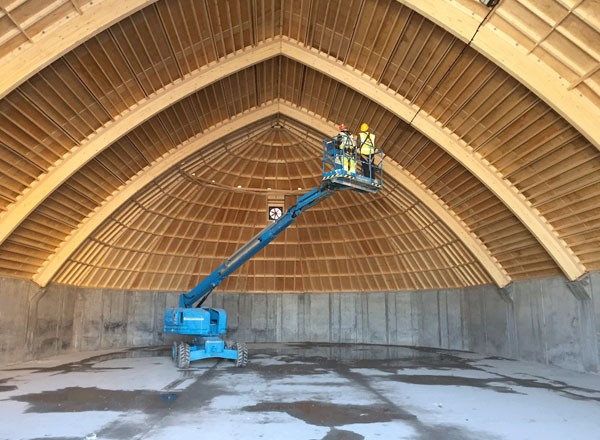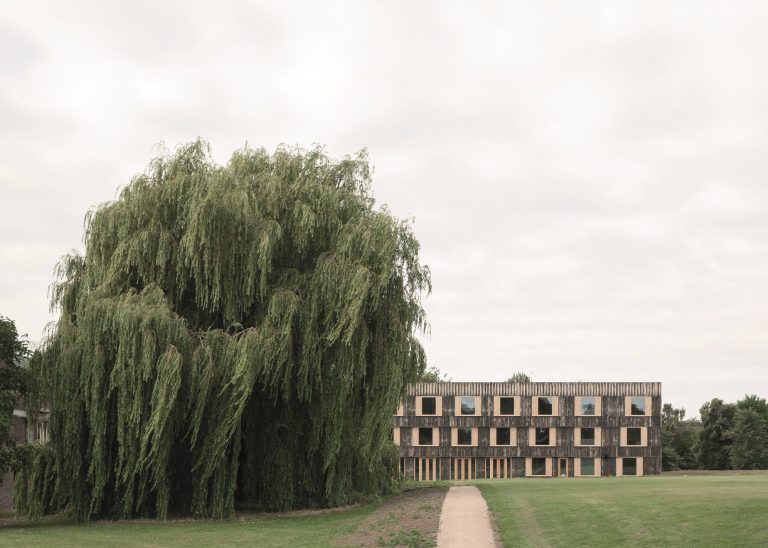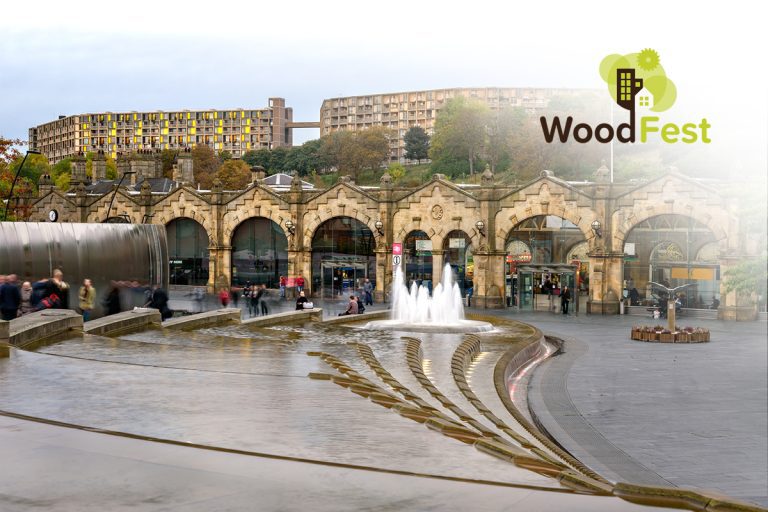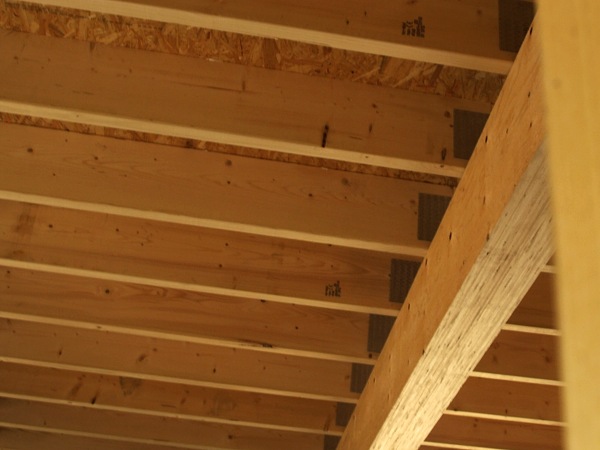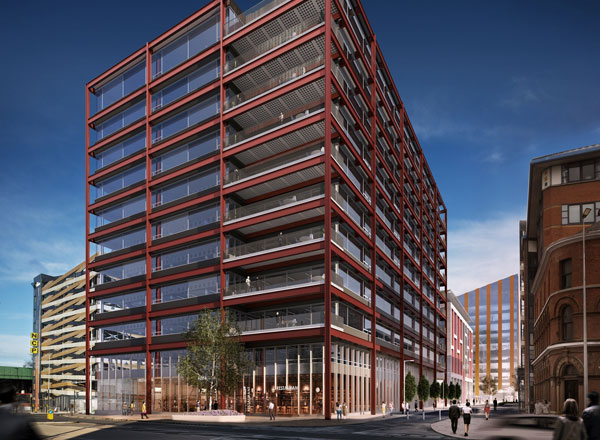Due to both advances in technology and current cultural tastes, architects and interior designers are using more glazing in their projects than ever before. However, there are safety and legal obligations to consider when using the material – for example, the application of glass manifestations. Although the application of manifestations is often seen as a formality and a “box to tick”, they can represent a great opportunity as a canvas for design and branding – providing many more benefits than simply complying with the requirements of red tape. What are glass manifestations? In March 2018, a news story surfaced that employees in tech giant Apple’s futuristic glass headquarters (Apple Park, in California) kept walking into glass walls and doors and injuring themselves. At least three people hurt themselves badly enough to need emergency medical assistance in the space of a month, due to Apple’s use of glass which had been specially treated to achieve a perfect level of transparency. Some staff members started to affix sticky notes to a few of the more troublesome glass walls so that people could tell where they actually were, although these were later removed as not being in keeping with the spirit of the building’s design. “We’ve had people bump into the glass,” admitted Apple’s vice president of real estate at the time. “That’s a problem we are working on right now.” In a way, those sticky notes were a basic form of impromptu glass manifestations. In the UK, it is a legal requirement that large glass doors, windows and walls in public places and work environments are clearly identifiable as such – in some circumstances this can be achieved with the placement of conspicuous door handles and so on, or else with the implementation of glass manifestations. Modern manifestations are generally appliances of frosted film that are added to glazing to render it clearly visible to nearby individuals. These treatments also confer an additional safety benefit in that if the glass is struck with enough force to break it, the film will often to some extent hold the glass shards together and prevent the shattered pane from spreading everywhere. There is no specification in the regulations as to a particular design that manifestations are required to have, but they must “[contrast] visually with the background seen through the glass (both inside and out) in all lighting conditions.” Glass manifestations must ideally be clear enough that individuals with visual impairments can easily identify glazing installations in their environment, and they are a health and safety requirement under Regulation 14 of the 1992 Workplace Regulations and also section K of the HM Government Building Regulations. In other words, if somebody were to walk into an unmarked sheet of glass and hurt themselves, the business responsible could be liable for legal difficulties. As well as fulfilling legally-mandated health and safety obligations, however, manifestations can also represent an opportunity to do something interesting with the glazing in a construction or workplace design project. Using glass manifestations for branding Glass manifestations seen in public spaces quite often take the form of nondescript patterns or dots, but there is plenty of opportunity to design just about anything to do the job. Even the government’s Building Regulations state that you can “provide glass doors and glazed screens (including glazed screens alongside a corridor) with … manifestation in the form of a logo or sign, a minimum of 150mm high (repeated if on a glazed screen).” In short, if your glass manifestations are a generic pattern of abstract shapes, it’s possible that you may be missing a chance to build your brand. With a little creativity, stylised glass manifestations can become a bold branding statement for your building or business and can elevate your glazing from something utilitarian and functional into something that communicates your company’s values – ultimately building positive brand associations. There are a wide variety of things that could be printed on glass manifestations. The business’ logo is an obvious choice – and for a predominantly glass-fronted building, manifestations could even represent the main signage for the establishment. For an internal space, glass panels could be styled with the company’s branding colours in order to properly blend into the interior design (or accentuate it). Alternatively, the manifestations on the glass could carry slogans, navigational directions, inspirational quotes or other text for the benefit of employees or the public.
